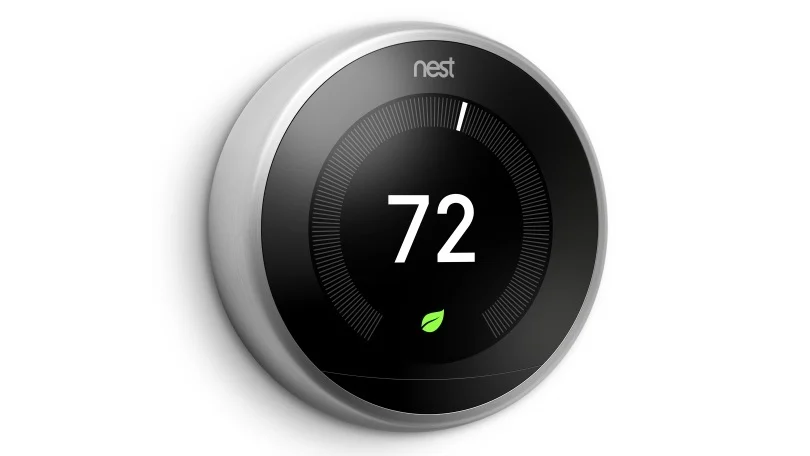The thermostat is a small device that wields considerable power in your home. It’s the control center for your air conditioning system, allowing you to set the desired temperature and maintain a comfortable indoor environment. However, finding the perfect temperature setting can sometimes feel like a never-ending battle in the realm of home comfort. In this blog, we’ll explore the factors that influence your ideal thermostat setting and provide tips for achieving that perfect balance between comfort and energy efficiency.
Understanding Comfort Zones
Before diving into the intricacies of thermostat settings, it’s essential to understand that comfort levels can vary from person to person. What’s comfortable for one family member might be too warm or too cold for another. It’s not just a matter of personal preference; factors such as age, metabolism, clothing, and activity levels play a role in what’s considered comfortable.
The Ideal Temperature for Energy Efficiency
While personal comfort is a significant consideration, energy efficiency is another vital aspect of thermostat settings. Setting your thermostat too low can lead to excessive energy consumption and higher utility bills, while setting it too high can result in discomfort. Striking the right balance is key.
Recommended Settings for Energy Efficiency
The U.S. Department of Energy recommends specific temperature settings for optimal energy efficiency:
Cooling Mode: When you’re at home and active, set your thermostat to 78°F (25-26°C) for cooling. If you’re away or asleep, consider raising the temperature by a few degrees.
Heating Mode: During the winter, set your thermostat to 68-70°F (20-21°C) when you’re at home and lower it when you’re away or sleeping.
These recommendations aim to balance comfort with energy savings. However, these settings are not one-size-fits-all, and your specific circumstances might require some adjustments.
Factors Influencing Your Ideal Setting
Several factors can influence your ideal thermostat setting:
Local Climate: The climate in your region significantly affects your ideal setting. In a hot and humid climate, you might prefer cooler indoor temperatures, while those in colder regions may lean towards warmer settings.
Home Insulation: The quality of your home’s insulation plays a substantial role. A well-insulated home retains temperature better, allowing for more energy-efficient settings.
Appliance Heat: Heat-producing appliances, like ovens and stoves, can influence your indoor temperature. During cooking, you might want to lower the thermostat a bit.
Daily Schedule: Consider your daily routine. If you’re at work or school during the day, you can raise the temperature while you’re away and lower it before you return.
Humidity Levels: High humidity can make the indoor environment feel warmer. Adjusting the thermostat slightly to account for humidity can improve comfort.
Tips for Finding Your Ideal Setting
Finding your ideal thermostat setting is a process of trial and error. Here are some tips to help you discover the right balance:
Programmable Thermostat: Invest in a programmable thermostat that allows you to set different temperatures for various times of the day and days of the week. This can help you achieve comfort and energy savings without manual adjustments.
Experiment: Start with the recommended energy-efficient settings and then make gradual adjustments. Pay attention to how you feel at different temperatures and determine your comfort level.
Use Ceiling Fans: Ceiling fans can help distribute cool air in the summer and warm air in the winter, allowing you to adjust your thermostat a few degrees higher or lower for added energy savings.
Regular Maintenance: Ensure your air conditioning system is well-maintained. A clean and properly functioning system operates more efficiently, helping you achieve your desired temperature with less energy.
Wear Comfortable Clothing: Dress appropriately for the season. In the summer, opt for lightweight, breathable clothing, and in the winter, layer up to stay warm.
Curtains and Blinds: Use curtains or blinds to block direct sunlight during the hottest parts of the day, reducing the workload on your AC system.
Consider Zoning: If possible, invest in a zoning system that allows you to control the temperature in different areas of your home independently.
The battle of the thermostats is a common challenge for homeowners seeking the right balance between comfort and energy efficiency. While the recommended energy-efficient settings provide a good starting point, it’s crucial to adjust them to your specific circumstances and preferences. Regular experimentation and attention to factors like local climate, home insulation, and daily routines will help you find your ideal temperature setting, creating a comfortable and energy-efficient indoor environment. Ultimately, it’s all about striking a personal balance and achieving a temperature that feels just right for you.

